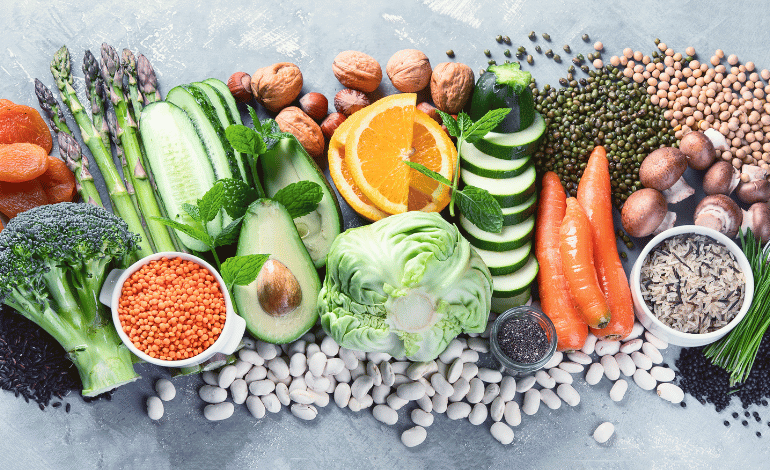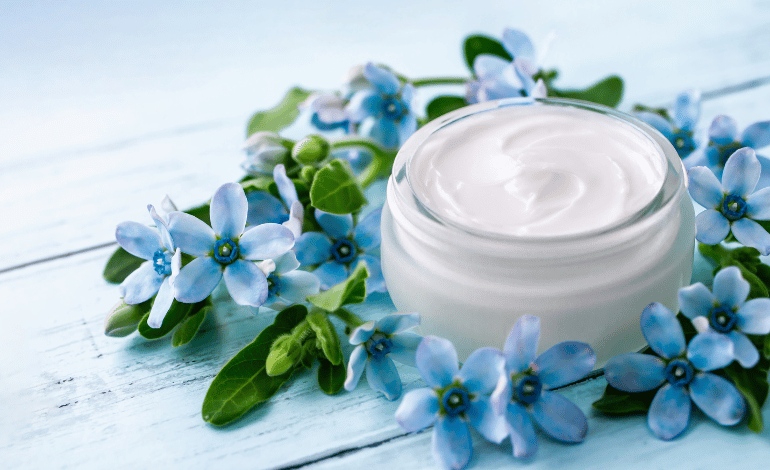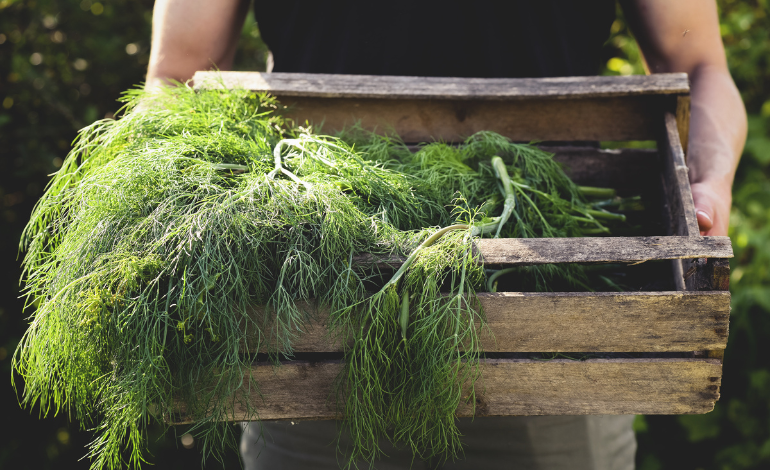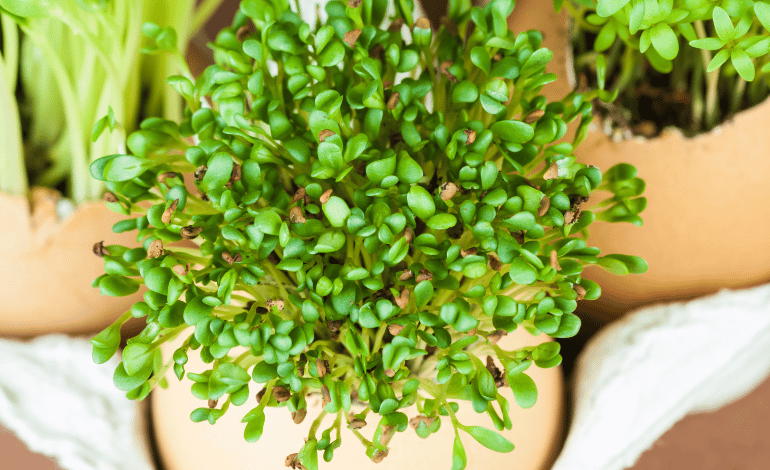Growing Coriander in the Kitchen Garden
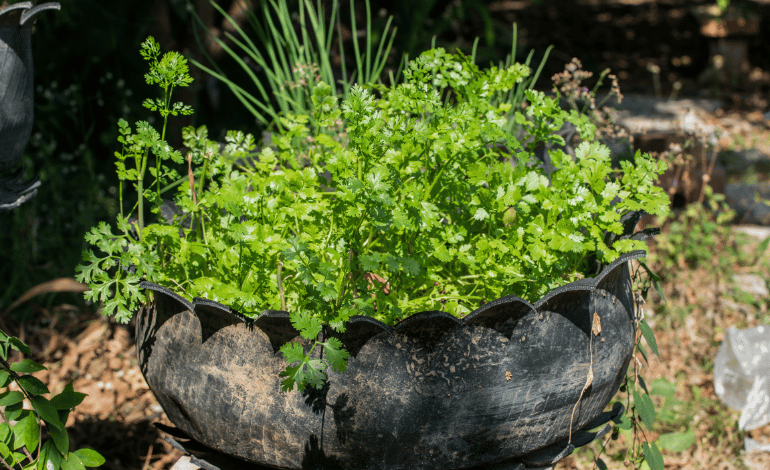
Introduction
Welcome to our comprehensive guide on growing coriander in your kitchen garden! Whether you are a seasoned gardener or a beginner, this article will provide you with all the information you need to successfully cultivate coriander, also known as cilantro, in your own backyard. Coriander is a versatile herb that adds a delightful flavor and aroma to various dishes, making it a must-have for any culinary enthusiast. So, let’s dive right in and explore the steps to grow coriander successfully.
Choosing the Right Location
To begin your coriander growing journey, it is crucial to select an appropriate location for your kitchen garden. Coriander thrives in well-drained soil and requires a significant amount of sunlight, ideally around 6 to 8 hours a day. Find a spot in your garden that receives ample sunlight, ensuring your coriander plants have access to the energy they need to grow healthy and strong.
Preparing the Soil
Coriander prefers fertile and loamy soil that retains moisture without becoming waterlogged. Before planting your coriander seeds, prepare the soil by loosening it with a garden fork or tiller. Remove any weeds, rocks, or debris that could hinder the growth of your plants. It’s also beneficial to incorporate organic matter such as compost or well-rotted manure into the soil, as it enhances the nutrient content and improves water retention capabilities.
Planting Coriander Seeds
Now that your soil is ready, it’s time to sow the coriander seeds. The best time to plant coriander is during the cooler months of spring or autumn, as the herb tends to bolt quickly in hot weather. Sow the seeds directly into the soil at a depth of approximately half an inch (1.27 cm). Space the seeds around 3 to 4 inches (7.62 to 10.16 cm) apart to allow ample room for growth. Once the seeds are in place, gently cover them with a thin layer of soil and pat it down lightly.
Watering and Maintenance
Proper watering is essential for the healthy development of your coriander plants. Keep the soil consistently moist but not waterlogged. Avoid overwatering, as it may cause the seeds to rot or lead to fungal diseases. To maintain the ideal moisture level, water your coriander plants whenever the top inch (2.54 cm) of soil feels dry to the touch. Additionally, make sure to provide sufficient airflow around the plants to prevent any fungal issues.
Fertilization
Coriander plants benefit from regular feeding to ensure optimal growth and flavor. Apply a balanced, water-soluble fertilizer every four to six weeks throughout the growing season. Choose a fertilizer specifically formulated for herbs or vegetables and follow the manufacturer’s instructions for proper application. However, be cautious not to over-fertilize, as excessive nutrients can negatively impact the flavor and aroma of the coriander leaves.
Harvesting Coriander
In approximately three to four weeks, your coriander plants will be ready for their first harvest. The leaves can be harvested once they reach a size of about 4 to 6 inches (10.16 to 15.24 cm) in length. Using clean scissors or pruning shears, snip off the outer leaves, leaving the inner ones to continue growing. This method allows for continuous harvesting throughout the season.
Culinary Uses
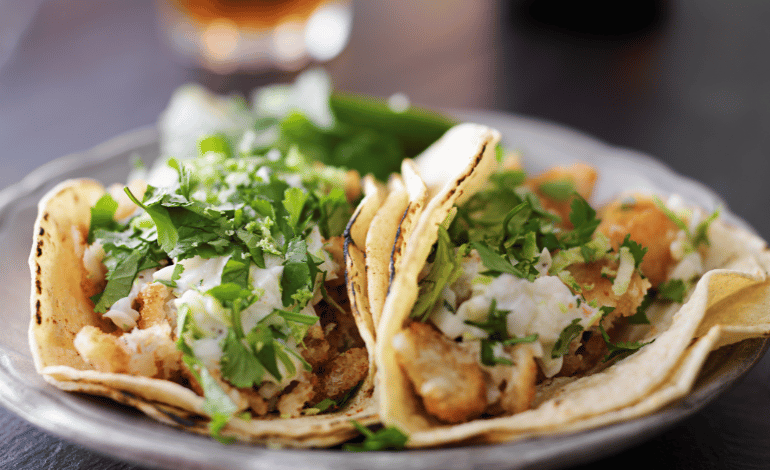
Coriander is renowned for its distinct flavor and is widely used in various cuisines around the world. The leaves, stems, and seeds of coriander are all edible and offer unique taste profiles. Here are some popular culinary uses for coriander:
- Fresh Garnish: Sprinkle freshly chopped coriander leaves over salads, soups, curries, and stir-fries to add a vibrant touch and a burst of flavor.
- Sauces and Chutneys: Blend coriander leaves with other herbs, garlic, and spices to create delicious sauces, such as coriander pesto or cilantro-lime dressing. Coriander chutney is also a popular accompaniment in Indian cuisine.
- Marinades and Rubs: Incorporate ground coriander seeds into marinades and rubs for meats, fish, or tofu to infuse them with a delightful aroma and flavor.
- Spice Blends: Coriander seeds are a key ingredient in many spice blends, such as curry powder, garam masala, and berbere. Toast the seeds lightly before grinding to enhance their flavor.
- Baked Goods: Add a unique twist to your baked goods by incorporating ground coriander seeds into bread, muffin, or cookie recipes.
- Refreshing Beverages: Blend coriander leaves, lime juice, and a touch of sweetener with water or soda to create a refreshing and aromatic drink.
Health Benefits
Beyond its culinary applications, coriander also offers several health benefits. Here are a few notable ones:
- Digestive Aid: Coriander contains compounds that aid in digestion and may help alleviate digestive issues such as bloating and gas.
- Antioxidant Properties: The antioxidants present in coriander help protect against cellular damage caused by free radicals, thereby reducing the risk of chronic diseases.
- Anti-Inflammatory Effects: Some studies suggest that coriander exhibits anti-inflammatory properties, which may help alleviate symptoms of inflammation in the body.
- Blood Sugar Regulation: Preliminary research indicates that coriander may aid in regulating blood sugar levels, making it potentially beneficial for individuals with diabetes.
Conclusion
Growing coriander in your kitchen garden is a rewarding experience that allows you to enjoy the fresh and flavorful herb right at your fingertips. By following the steps outlined in this guide, you can cultivate thriving coriander plants and harvest the aromatic leaves for use in your culinary creations. Remember to provide the plants with ample sunlight, well-drained soil, and regular watering to ensure their healthy growth. With a little care and attention, you’ll have an abundant supply of coriander to enhance the taste of your favorite dishes and reap its potential health benefits. Happy gardening and bon appétit!



